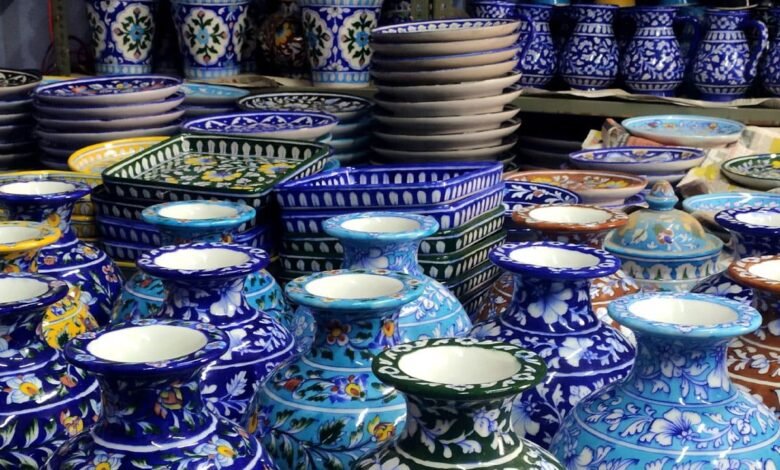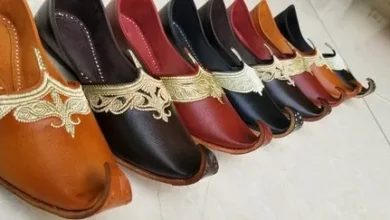
Introduction
Multan, often hailed as the “City of Saints,” is renowned for its rich cultural heritage, where the art of blue pottery holds a special place. This unique craftsmanship, adorned with intricate patterns in shades of blue, represents the soul of Pakistani heritage. Each piece, be it a tile or pottery, captures the attention of art enthusiasts worldwide with its vibrant colors and delicate designs. Yet, it’s always surprising to encounter Multan’s iconic blue pottery displayed far beyond the borders of Pakistan—in places like Berlin.
Blue Pottery: An Icon of Multan’s Heritage
The art of blue pottery, deeply rooted in Multan, reflects a blend of Persian and Mughal influences that shaped this historical city. The artisans carefully handcraft each piece, embedding detailed motifs and patterns in shades of blue, symbolizing tranquility and depth. Traditionally, cobalt blue dominates the palette, making it a recognizable feature of Multan’s pottery.
A Cultural Encounter in Berlin
Discovering Multan’s blue pottery in Berlin was unexpected. Amidst the modern architecture and historical landmarks of Berlin, the sight of these familiar artifacts stood out, representing a piece of Pakistani culture in a foreign land. It felt as if a bridge had formed between Pakistan and Germany, bringing the essence of Multan’s artistry to an international audience.
Global Appeal and Significance
The presence of blue pottery in Berlin not only highlights Pakistan’s rich artistic heritage but also signifies the global appreciation for traditional craftsmanship. This art form, while deeply connected to Pakistan’s history, continues to resonate with people worldwide, transcending cultural boundaries.
Conclusion
Multan’s blue pottery is more than just art—it’s a testament to the skill, tradition, and creativity that defines Pakistan’s cultural identity. Whether seen in Pakistan or abroad, these blue-hued masterpieces continue to capture hearts, embodying the spirit of a vibrant and timeless tradition.



